The Balance Challenge

When we are walking on the pavement and our feet suddenly sink into sand or gravel, we continue to walk without realising the adjustments our body just made to balance itself. We are so accustomed to certain movements that we take good balance for granted until certain obstacles or physical ailments cause us to tumble. It is true that a properly functioning balance mechanism is essential for day-to-day functions of our body. Let’s look at the various systems that form the balance mechanism of our body and how we can improve on them.
Our Balance Mechanism
The human body is inherently unstable, with a narrow base as compared to its height. Maintaining an upright position and moving from one place to another while staying balanced is a continuous challenge. Balance is achieved and maintained by inputs from three sensorimotor control systems: vision (eyes), proprioception (joint position sense) and the vestibular system (present in the semi-circular canals of the ears).
- The sensory receptors in the retina of our eyes send impulses to the brain which provides visual cues to identify the orientation of the body in relation to other objects.
- Proprioceptive information from the skin, muscles and joints help the brain to determine where our body is in space. The sensory impulses originating from the ankles and the neck are especially important.
- And lastly, the inner ear and the semi-circular canal detect gravity and motion. The three semi-circular canals in the ear, which are at 90 degree angles to each other, detect rotational movement of the head in three planes viz, tilting sideways, tilting upwards and downwards, turning right and left.
These three information sources send signals to the brain stem in the form of nerve impulses from sensory receptors. This information is integrated with the information learned from the cerebellum and cerebral cortex which are the coordination centre and memory centres of the brain, respectively. When all the signals are combined, the brain stem transmits impulses to the muscles that control movements. This is how we maintain balance while having clear vision of our motion.
Certain medical conditions can hamper the signals that are reaching the brain. Poor eyesight affects the judgement of distance and depth. Some diseases like arthritis occurring in weight-bearing joints can cause errors in foot placement and hamper proprioception. Ageing, injury and disease are the leading causes of loss of balance, especially in the vestibular system. Impaired balance is accompanied by symptoms such as dizziness, vertigo, nausea, fatigue and concentration difficulty.
How does one combat these and improve one’s balance mechanism?
Since the functioning of the eyes and ears is not technically in our control, the answer lies in proprioceptive training to improve motor function. As babies, we learn to balance by practice and repetition. The repetitive impulses sent from the sensory receptors to the brain stem form a new neural pathway, which becomes stronger by further repetition and the baby is able to maintain balance during any activity. There is strong scientific evidence to suggest that such synaptic reorganisation occurs throughout a person’s life as one adjusts to changing environments.
This neural pathway facilitation is the reason dancers and athletes practice the same movements again and again. Complex movements become automatic and habitual. This means that if there is a problem with either the visual or vestibular system of sensory input, the balance system can be reset by the practice of movements in a controlled environment, like a Pilates Studio.
At Moushu’s Pilates Studio, our workouts are designed to give your body tactile feedback which improves your reflexes and balance mechanism. Under the supervision of our instructors, we give you “balance-challenges”. The idea is to train the mind and body to balance in any situation.
Here are some exercises which can improve proprioceptive feedback and literally help you feel grounded in any situation.
Standing Pilates: Challenge the balance by standing on an unstable surface (eg. Arc, foam roller, wobble board etc.)
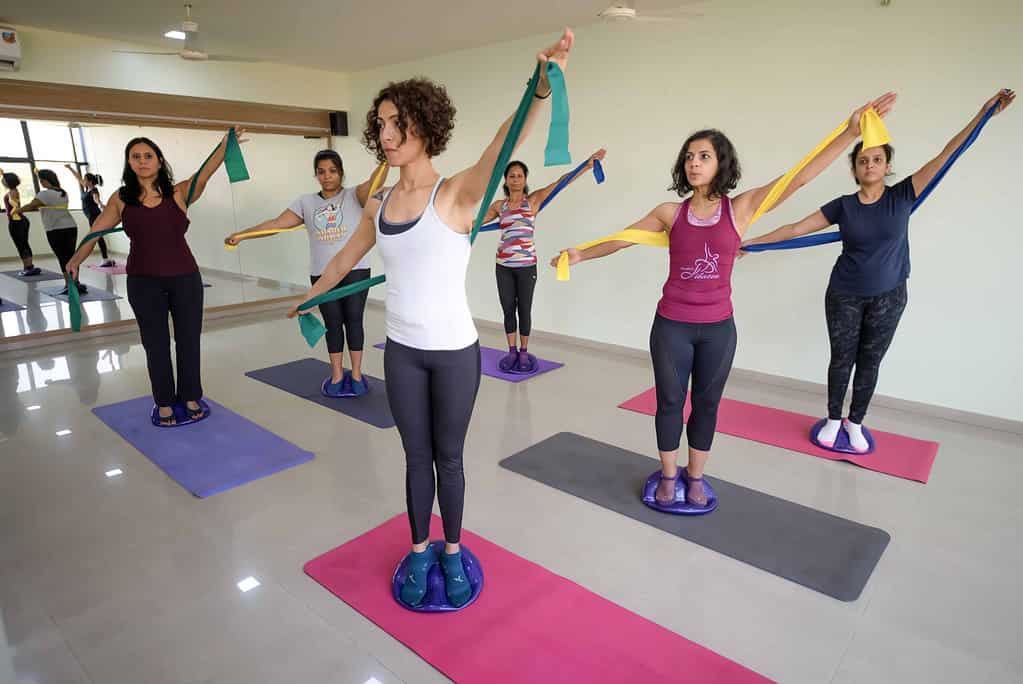
Single-Leg Exercises: These, especially, in standing, challenge stability whilst we try and maintain the body in neutral.
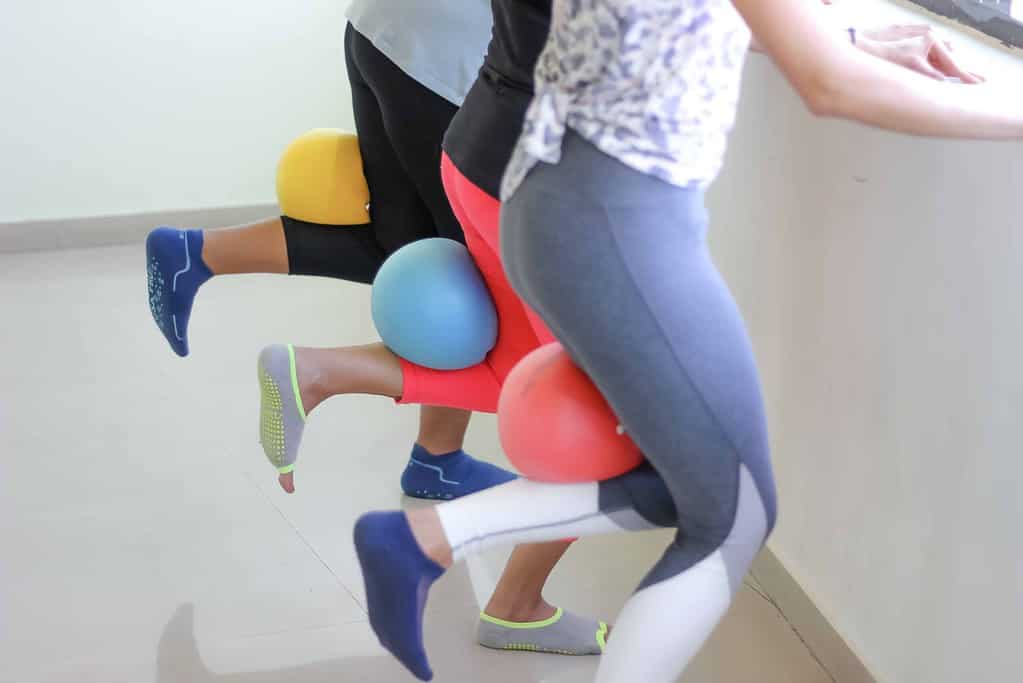
Head and Neck Exercises: These are for mobility which will prevent the fluid in the semi-circular canals from stagnating.
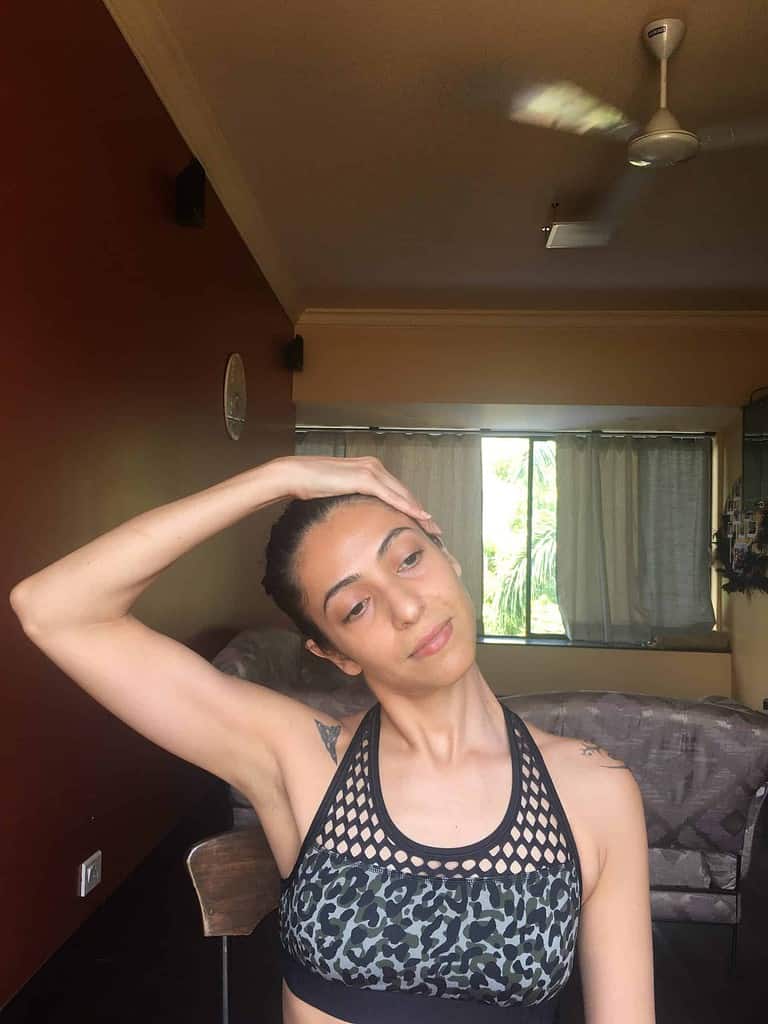
Ankle Exercises: Weight-bearing exercises to stimulate the proprioceptive inputs from the ankle will also help in improving balance.
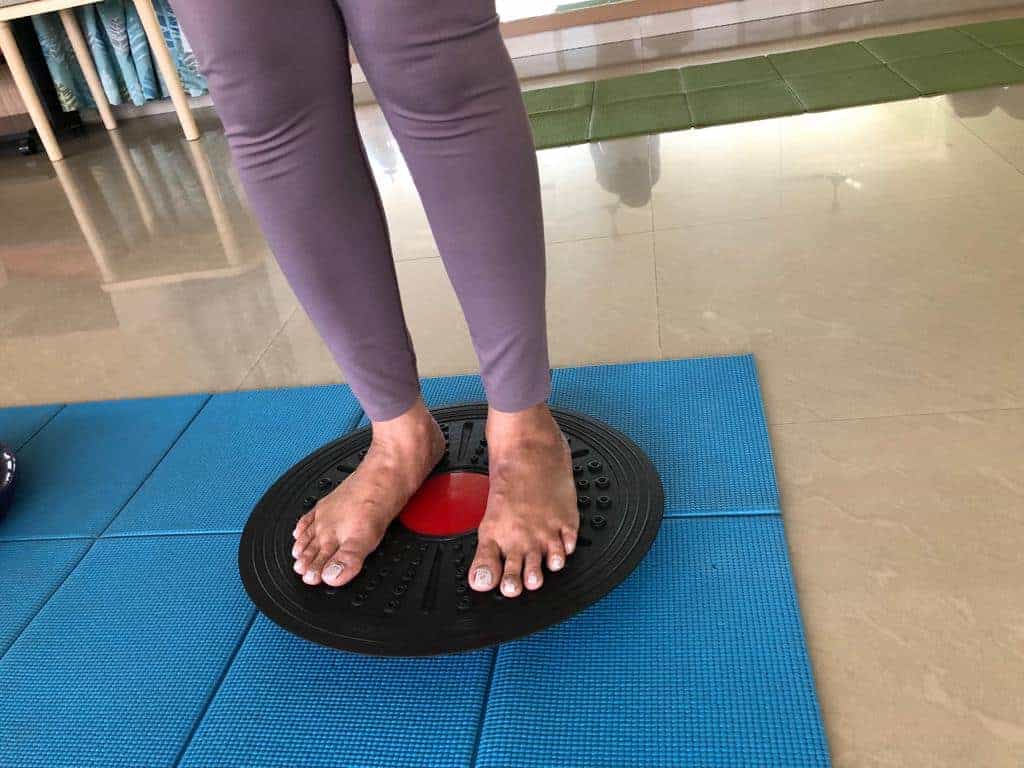
Read about how children can be kept agile and occupied at home with Pilates!
